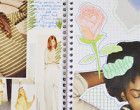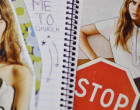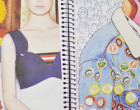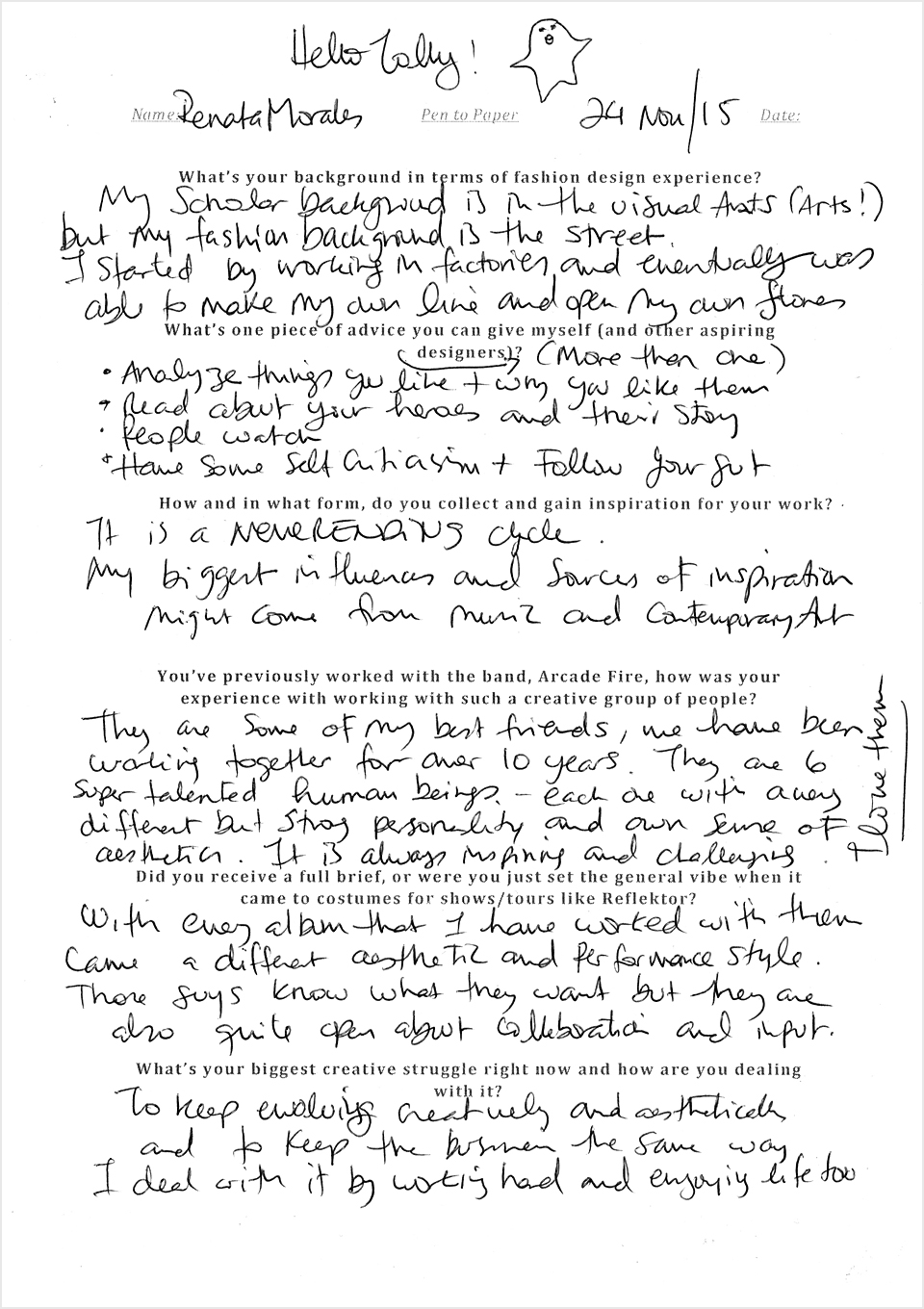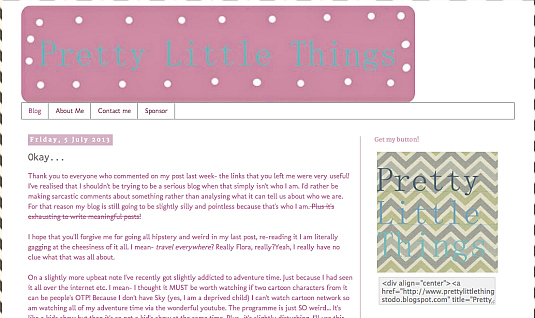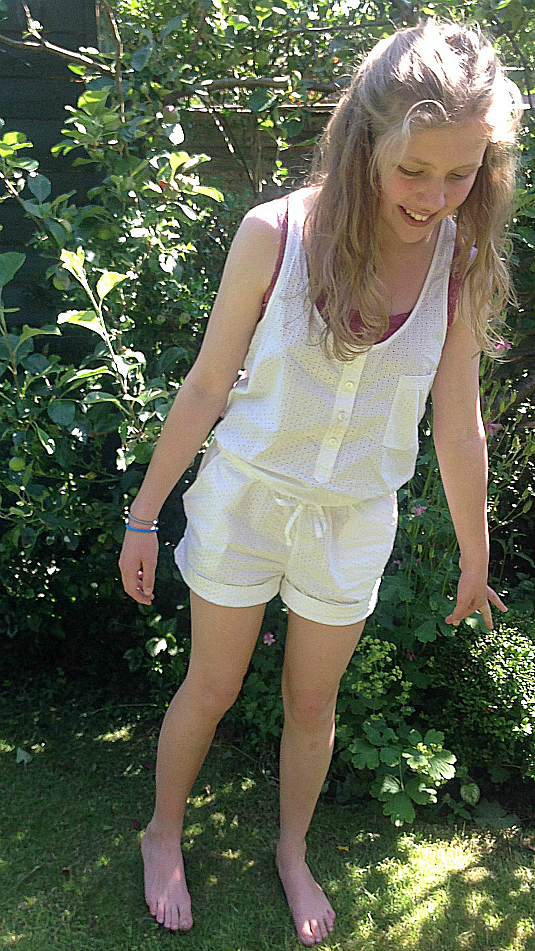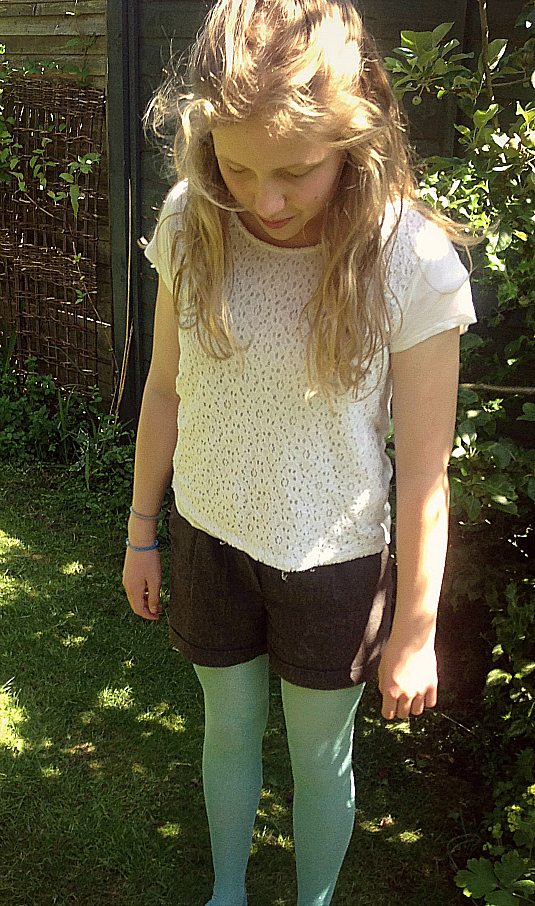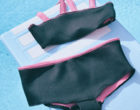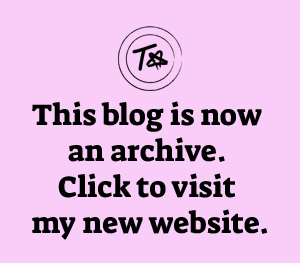I recently had the chance to attend what is called an ‘evidence hearing’ at the Victoria & Albert Museum in South Kensington, London, as part of the UK Parliament’s Environmental Audit Committee‘s inquiry into sustainable fashion. This is actually an incredibly exciting time, as the inquiry may go onto help aid the Government to ensure we are starting to create a newer, more environmentally conscious fashion industry.
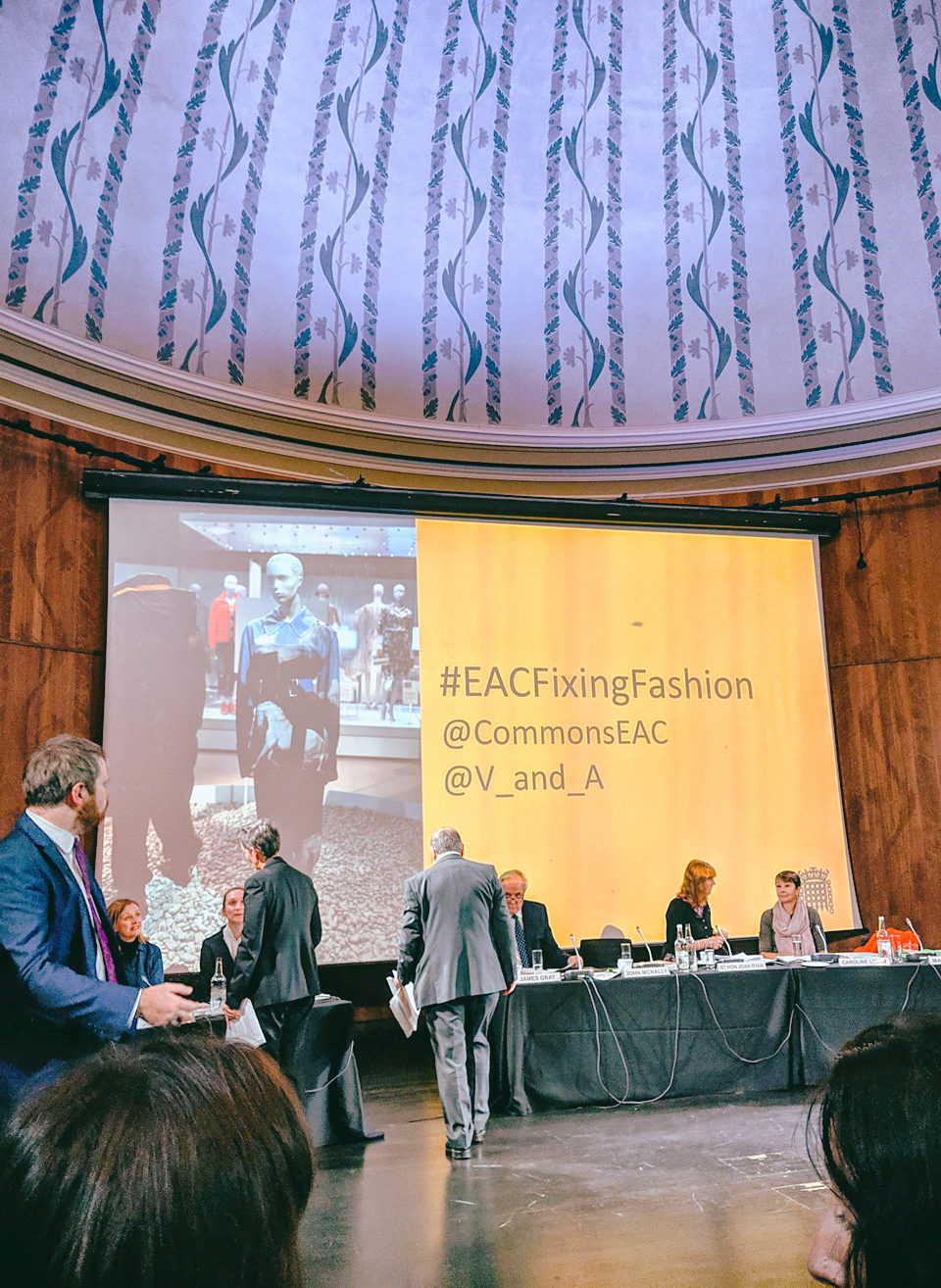
![]()
LOCATION:
Victoria & Albert Museum
London
(Mary): The Environmental Audit Committee is conducting an inquiry into fast-fashion. We want to look at the global carbon footprint of the fashion industry and to see how Government and consumers and the industry itself can reduce the huge amount of environmental resources that the fashion industry consumes every year.
I had the opportunity to sit down with Mary Creagh, an MP (Member of Parliament) and the Chair of the Environmental Audit Committee, which is the group responsible for considering how the Government is doing in terms of environmental protection and sustainable development in the UK. The committee was behind securing the recent ban on microbeads in cosmetics products and hopefully, with the sustainable fashion inquiry, they will go on to do much more.
I know that a lot of people will be new to the concept of a parliamentary inquiry – trust me, I am too! – so, I want to discuss what it all means, as well as some takeaways from the evidence session itself. Some of those giving evidence at the hearing included Eco-Age founder, Livia Firth; journalist and writer, Lucy Siegle; the Sustainability & Innovation Director of Stella McCartney, Claire Bergkamp, and the Director and Professor of Fashion Design for Sustainability, Dilys Wiliams.
(Mary): The government sets the rules in which all companies operate. So, at the moment we have rules that say, you’ve got to check your supply chain to check that you’re not employing slaves, for example. So, there might be some recommendations that we want to make to Government about what companies should do.
We’ve heard today from bloggers and upcyclers, about how we can all make our clothes last for longer, and how we can incentivise companies to look at new business models. Rental models, for example. The most sustainable garment is the garment you already own. So basically, buying less, buying better and wearing clothes for longer.
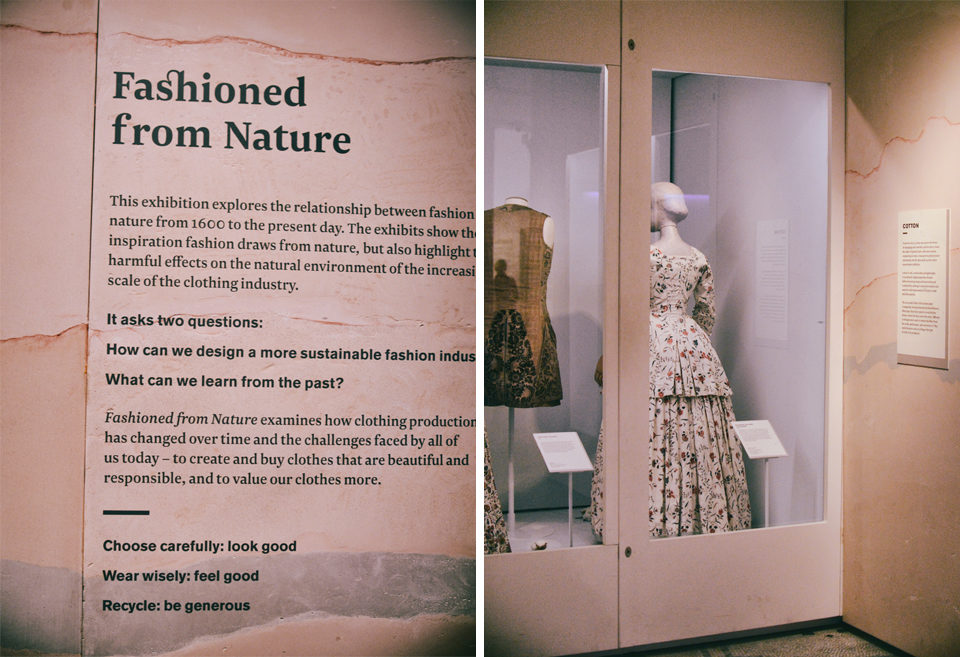
There were two clear take-aways for me, not only from the evidence session that I attended but also from the initial session which I watched on live stream (both of which you can watch here). Firstly, it’s that, as Dilys Williams so rightly said, the system and the model of fast-fashion are broken. There is no way in which we can continue producing and consuming at the same rate that we are, in a sustainable manner – this goes for the UK and elsewhere.
The Ellen McArthur foundation states that textile production uses around 93 million cubic metres of water and an estimated 1.2 billion tonnes of greenhouse gas emissions, per year, which is more than flights and maritime shipping combined. And in the UK specifically, the consumption of clothing itself is rapidly rising, alongside disposal rates, with 350,000 tonnes of clothes being discarded to landfill, according to WRAP.
In terms of statistics, these are all numbers that a lot of us have already considered or educated ourselves on but there’s more to it than that. In the first evidence hearing, a common theme regarding the initial design process of our clothing arose and it was brought up again at the V&A with fashion designer, Phoebe English, speaking on the panel. She reminded us of the large amounts of waste created before a garment even gets on the shop floor. After describing the pattern cutting process, Phoebe said, “There is waste from every single garment on the high street. Where is that waste going?”.
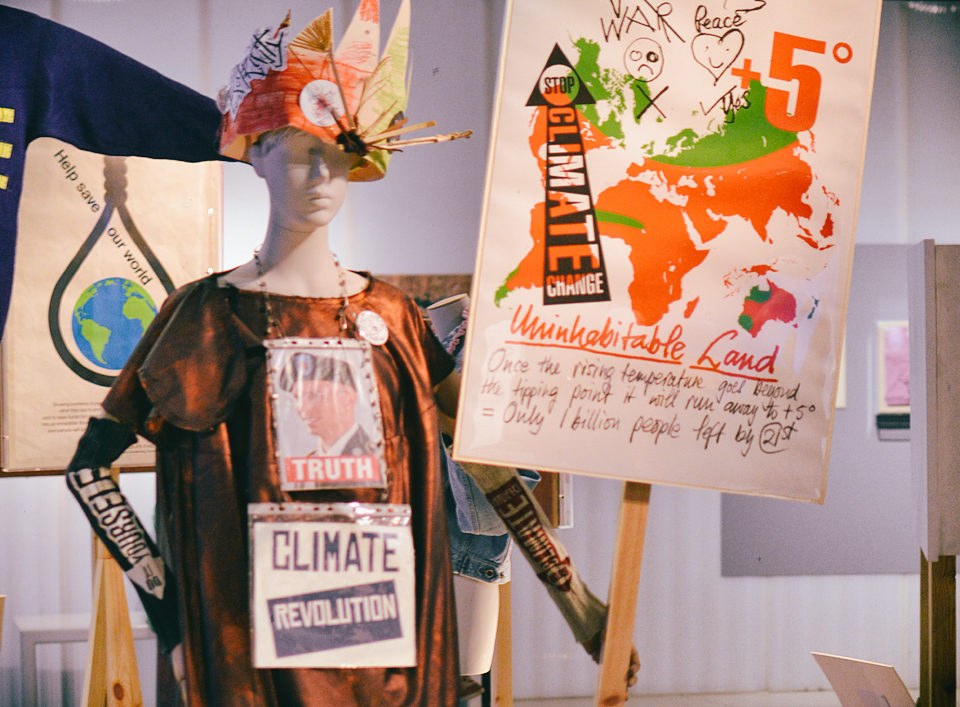
There are many different elements to the conversation and that’s the second takeaway that became very apparent; what recommendations does a committee put forward to a Government, when there are so many angles and specific issues to focus on? There is no one set solution to creating a sustainable fashion industry. Even when we say the system is broken and creating a new one seems like the only answer, a new system will always come with its challenges, too.
For example, a circular fashion industry could work in theory but only if you’re also looking at circularity in a social sense, as Dilys Williams suggested. A circular economy is a regenerative system which thrives on reuse, remanufacturing, repairing and recycling but we can’t transform the fashion industry into a closed-loop system unless the consumer mindset shifts dramatically, and that is a great feat we face.
(Mary): We need to reconnect people with their clothing. We’re sitting in the Fashioned from Nature exhibition at the Victoria & Albert museum which reminds us that everything that we make comes from the earth, whether it’s polyester which is a by-product of the oil and gas industry; silk, feathers, fur, leather, cotton, wool – are all made in nature. Reconnecting people with their clothes, reskilling people to look after their clothes, look after them better, wear them for longer, repair them when they get holes in them – I think these are all techniques that we are keen to look at as a committee.
But also, we’re keen to look at the whole fashion industry and look at how the £32 billion industry which has one of its global headquarters in London, can play its part in reducing its environmental footprint and what Government needs to do, to make that happen.
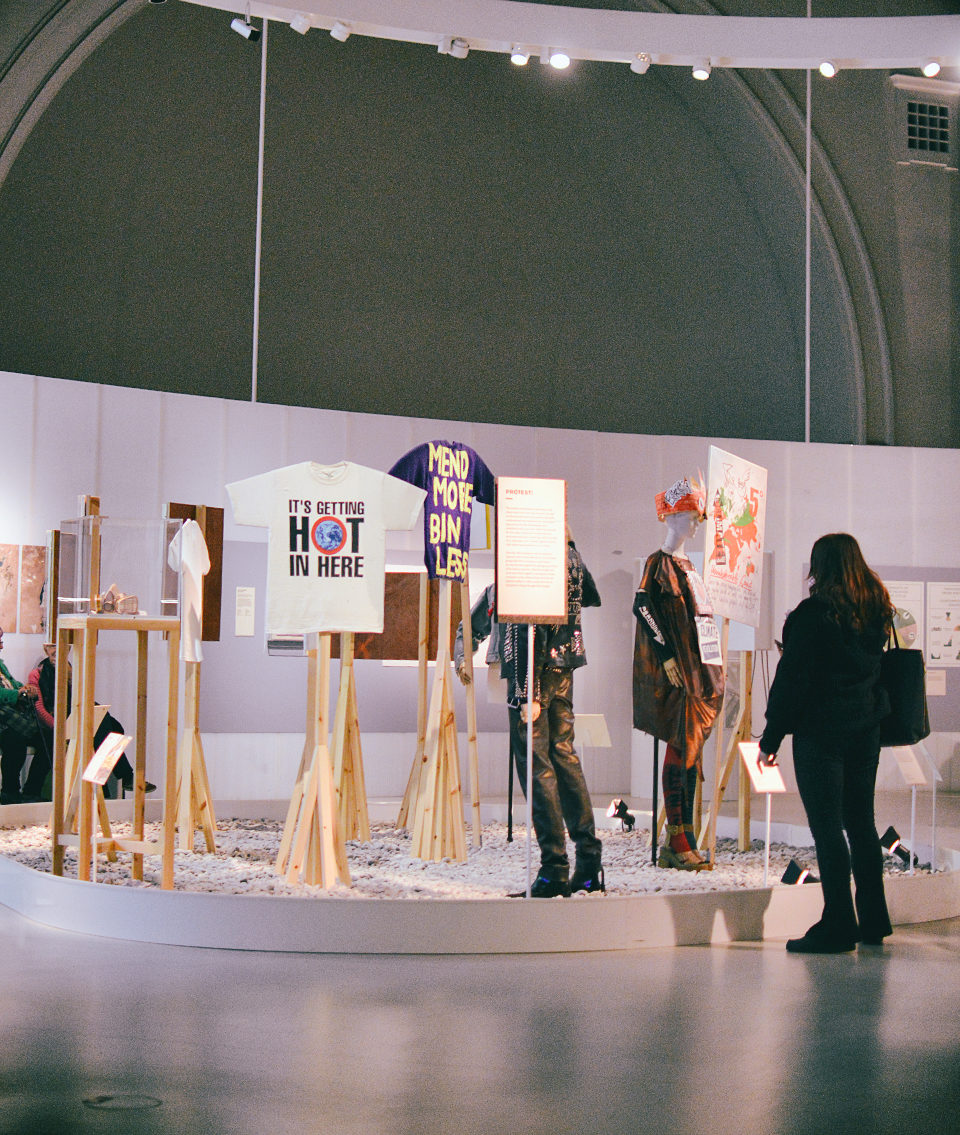
One of the suggestions relating to the idea of circularity, once again came from Professor Dilys Williams – perhaps a recommendation to the Government could come in the form of reduced VAT on repair services, which as Graeme Raeburn (one half of the Christopher Raeburn duo) pointed out is something that has already been executed in Sweden.
Although we may not be at a point in time where the general public has learned how to darn socks and tailor trousers, if we allow services for these repairs to become more accessible, it could cause a shift in how we appreciate clothing and in turn, create an environmental shift, too.
Along with circularity, the Scottish Government has already started in this direction with the ‘Make Things Last‘ strategy which has trialled large-scale reuse and repair hubs.
(Mary): I don’t think the UK is really far behind. We have modern slavery laws, I think we are good at recycling our clothes to charity shops; what is coming out is that clearly when we’re sending those clothes to the recycling shops, they may not be getting sold. We’re not very good at collecting clothes in household waste. We’ve got 350,000 tonnes a year that’s going to landfill and another 50 or 60,000 being burned.
So, we are bad in terms of buying a lot more clothes than the rest of Europe. We’re buying 27 kilos of clothes a year. We are good at then recycling it but we’re not clear with what happens with the clothes at the end of their life. The fact that 23% of what we buy just ends up sat in our wardrobe, a lot of it because it no longer fits us, is one of the interesting statistics from today’s session.
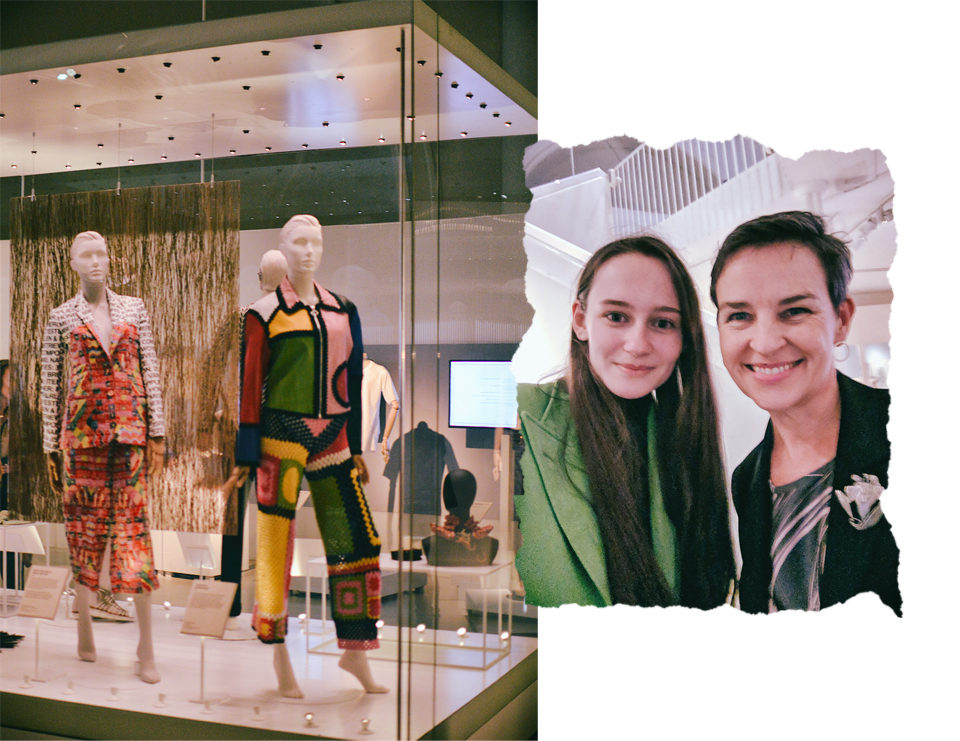
Myself and Mary Creagh, MP at the Victoria & Albert Museum, Fashioned from Nature exhibition
The complexity of the issues at hand go as far as advertising and how fast-fashion actually affects us all psychologically. If fast-fashion and unsustainably produced textiles are as destructive to ourselves and the environment as products that we see on the shelves of supermarkets, with labels to warn us of toxic ingredients that could potentially cause us bodily harm, is it time that legislation is put in place in order to make consumers more aware of what they’re really buying into? Is it time that we are shown the true cost of a £5 t-shirt before we reach the checkout, bringing back what Lucy Siegle called a ‘pause for thought before buying‘ that’s been stripped away with such fast consumption habits?
(Mary): I think one of the most surprising things is about the psychological impact of fashion and how the endorphin rush you get after buying something new, wears off after about three days. That’s something very interesting and relates to my own experiences. So, how fast-fashion is potentially fuelling unhappiness in young people, who are buying more, spending just as much as they did in the past but wearing for much less time. I think this constant cycle of consume, spend, throw is not a cycle that makes people happy.
As I now personally have a large understanding of many of the issues raised at the evidence hearing, it’s been clear to me that the system is broken for quite some time now, but it’s even clearer that we are in dire need of answering a pivotal question, which was once again raised by Professor Dilys Williams…
Do we want to keep the current industry or do we want to live within planetary boundaries?
If you want to learn more about the Environmental Audit Committee and the ‘Sustainability of the fashion industry inquiry‘, take a look at the Parliament website. Follow the committee on Twitter @CommonsEAC and voice your thoughts with #EACFixingFashion.
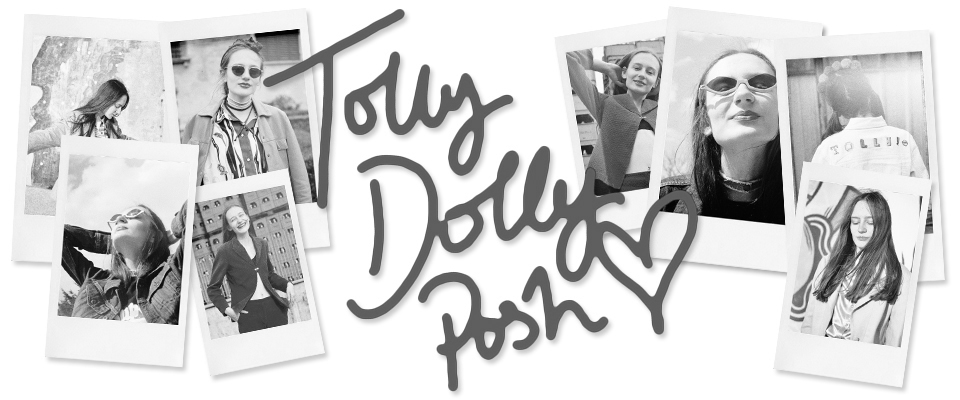


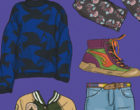




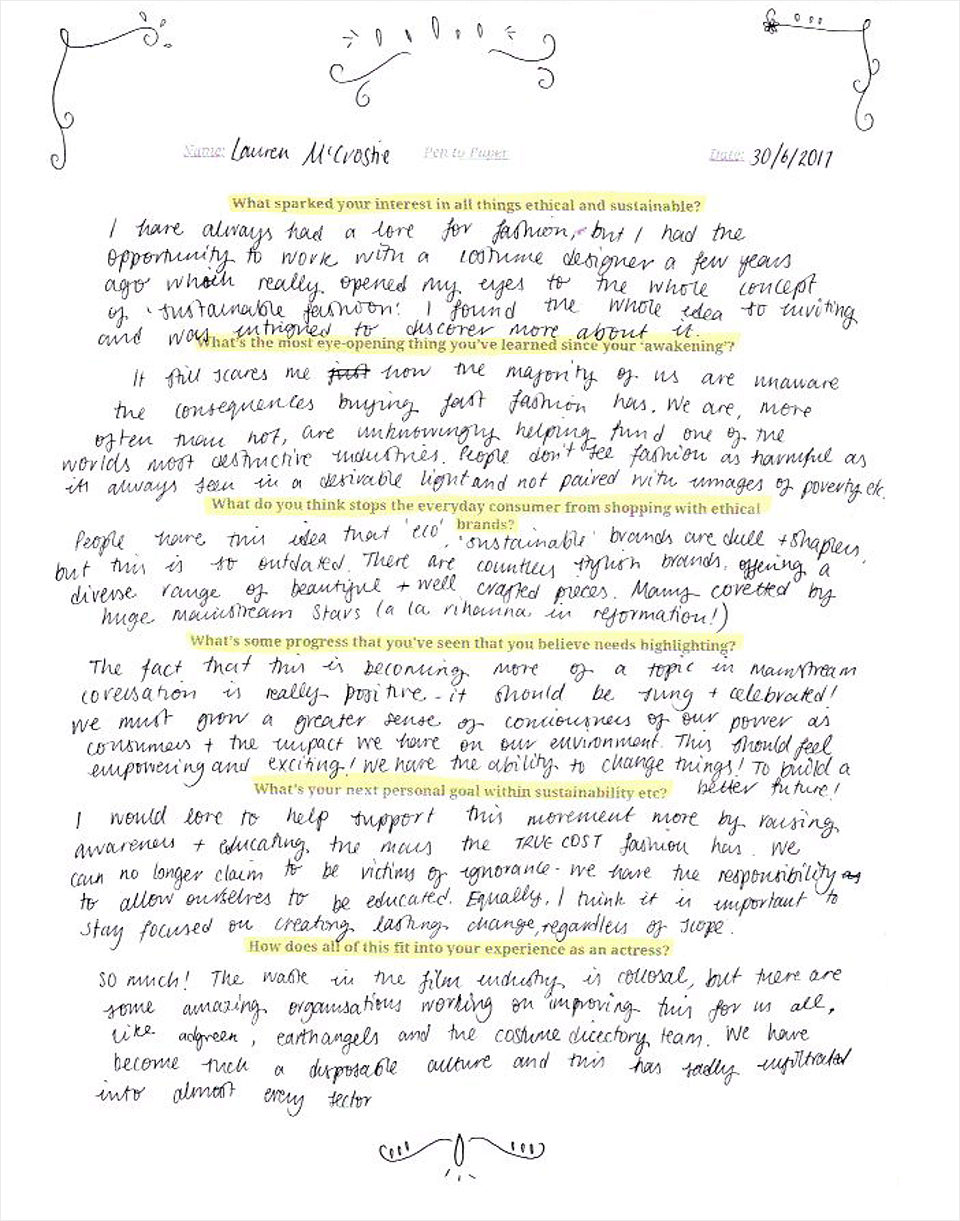
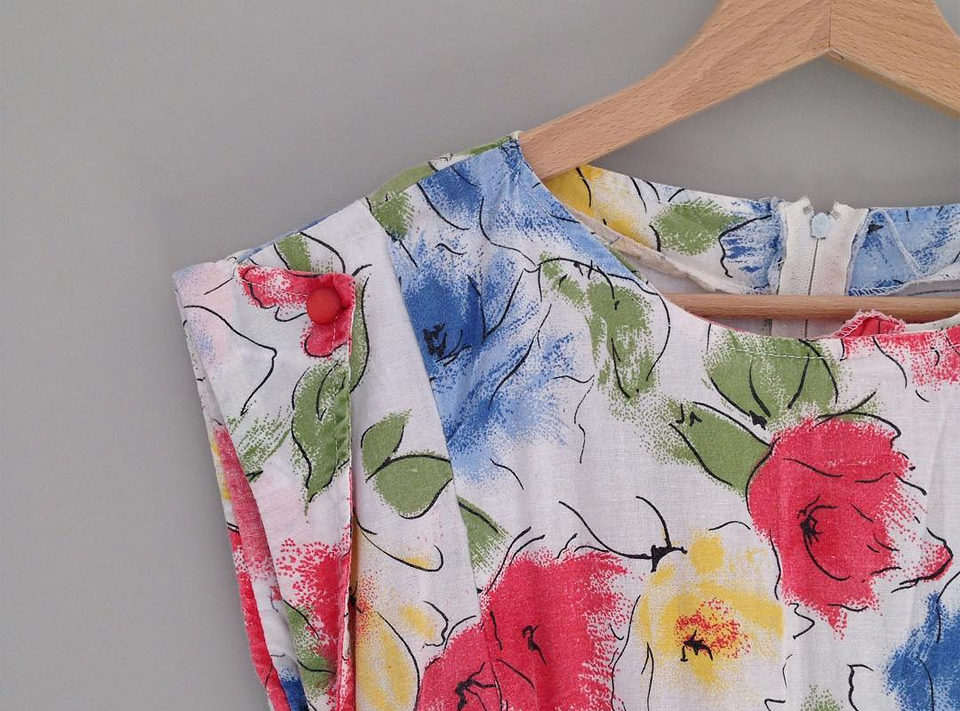
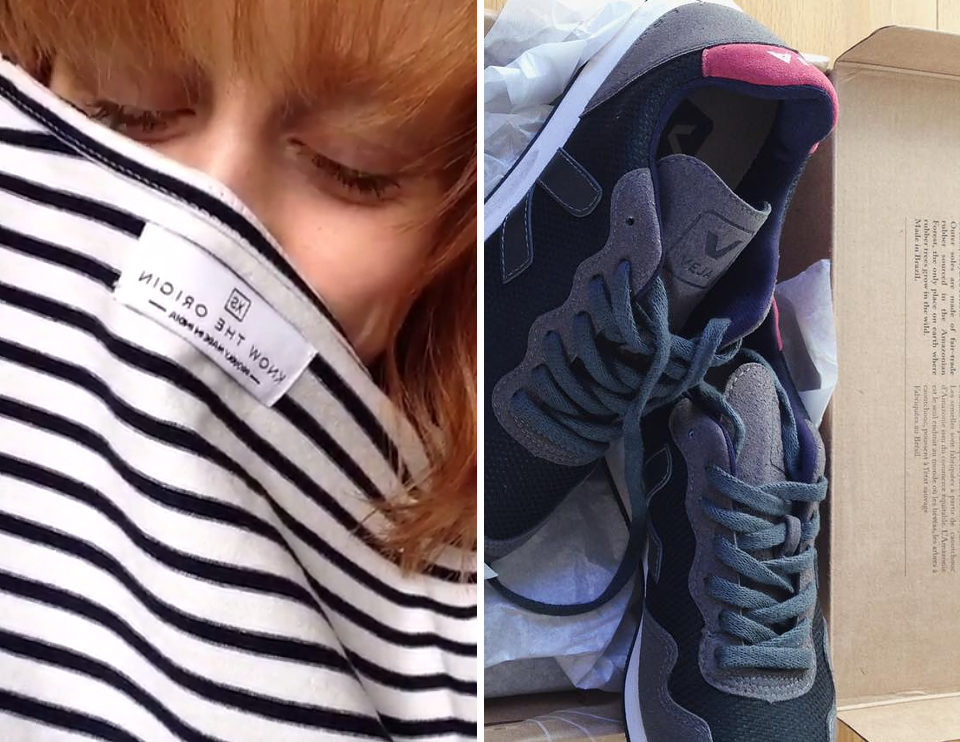
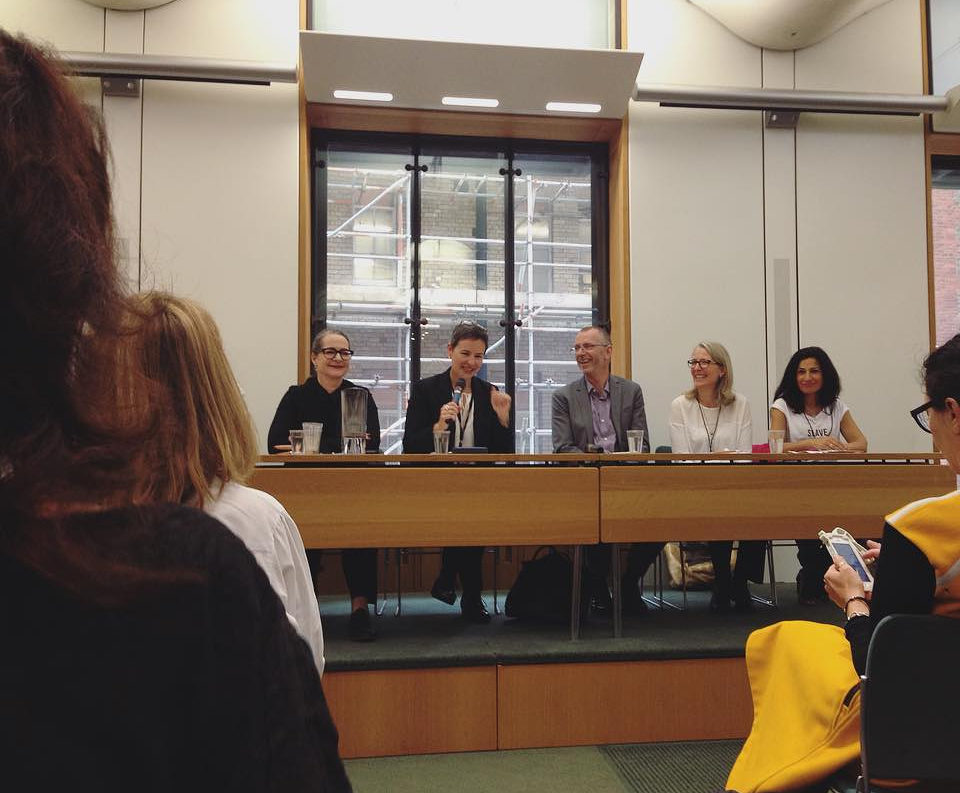
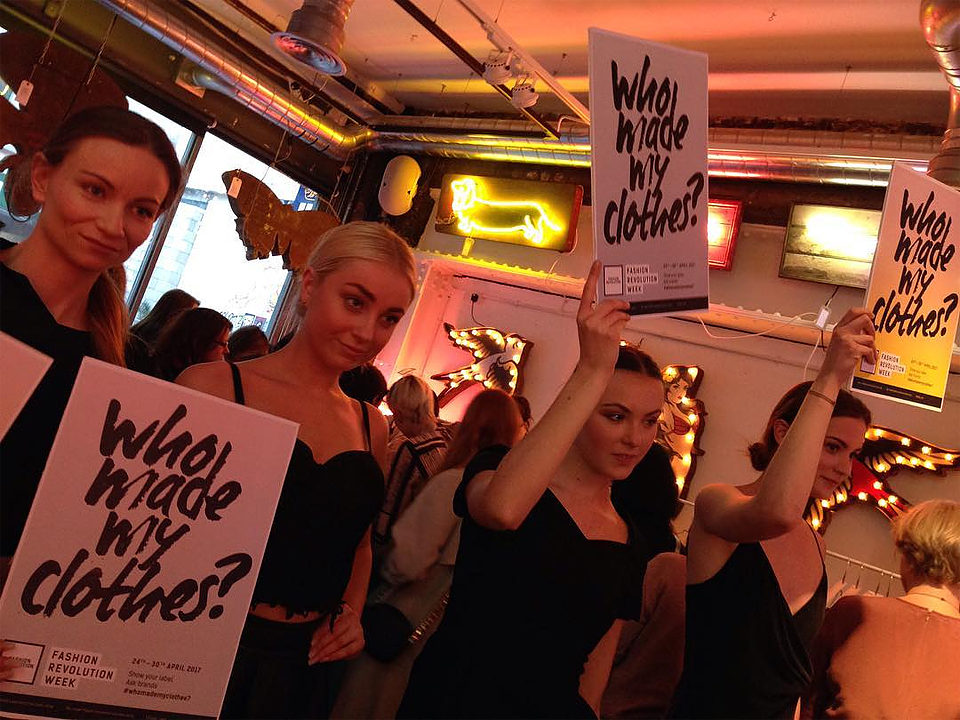

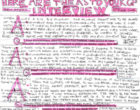
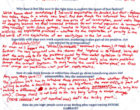
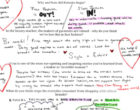
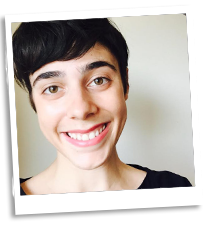
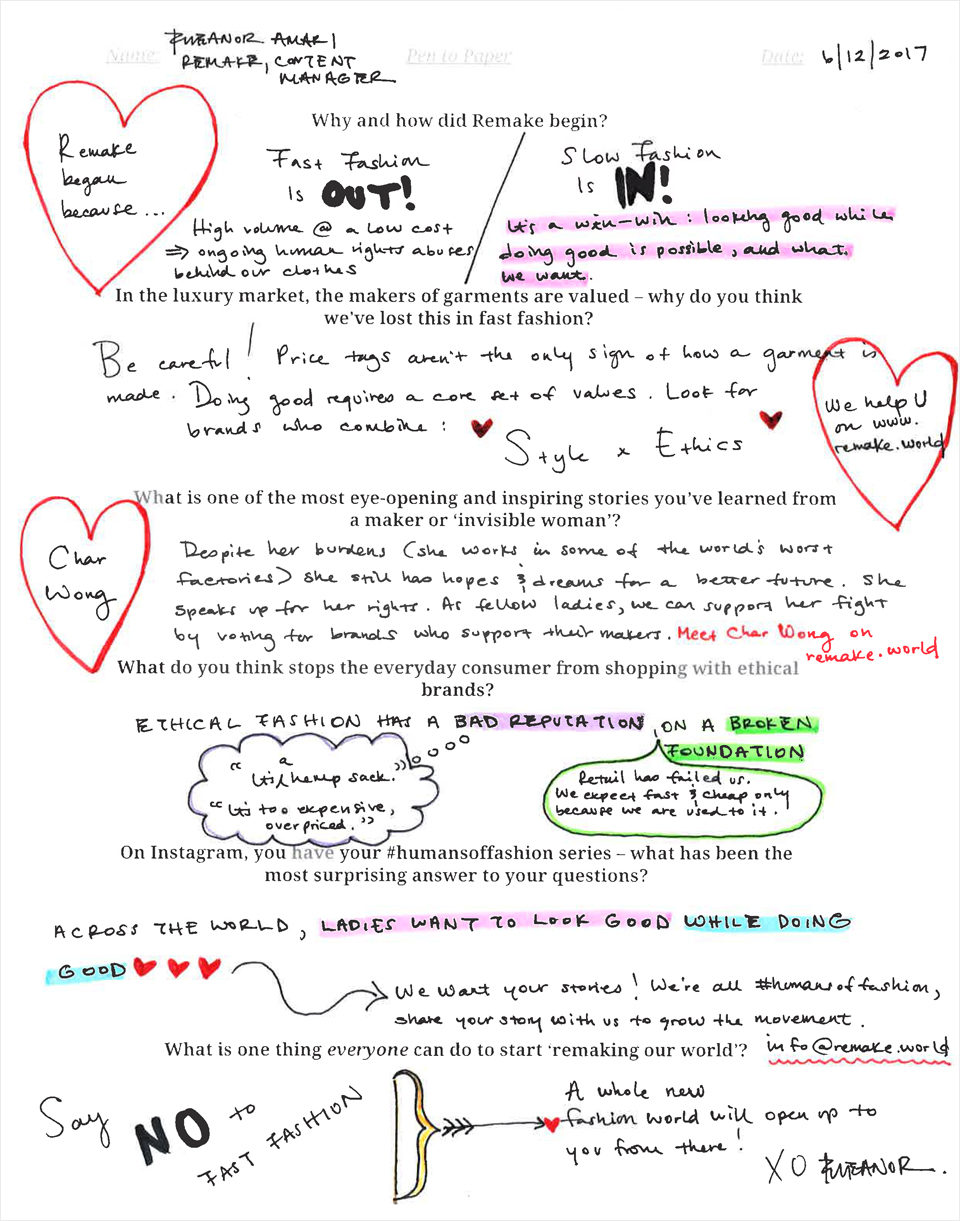
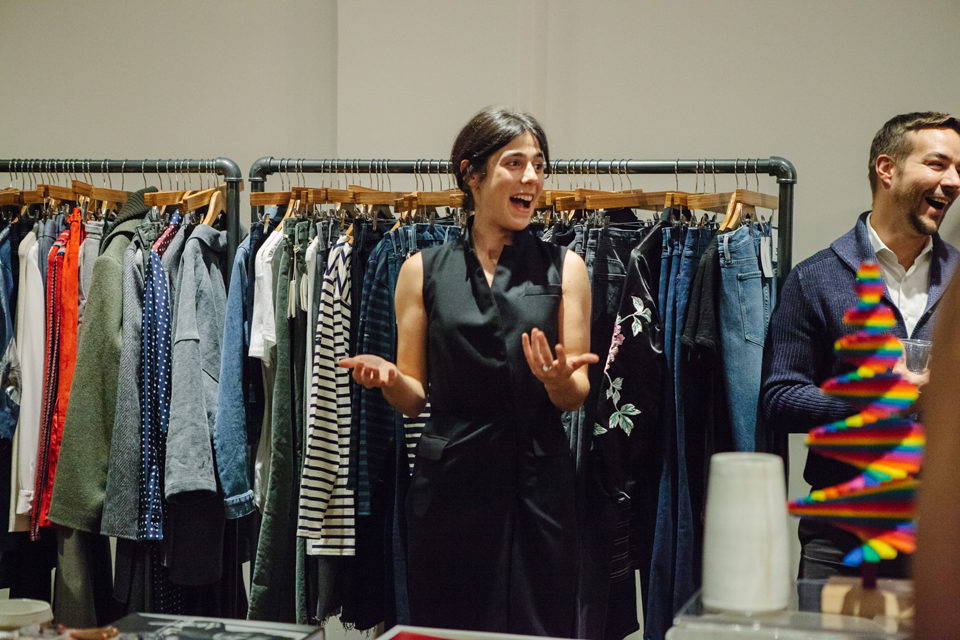
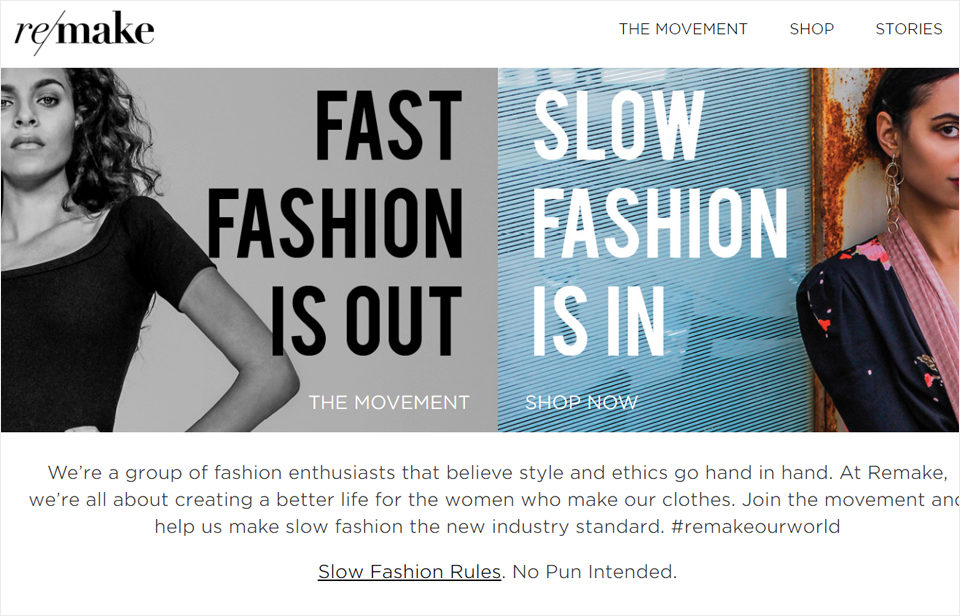
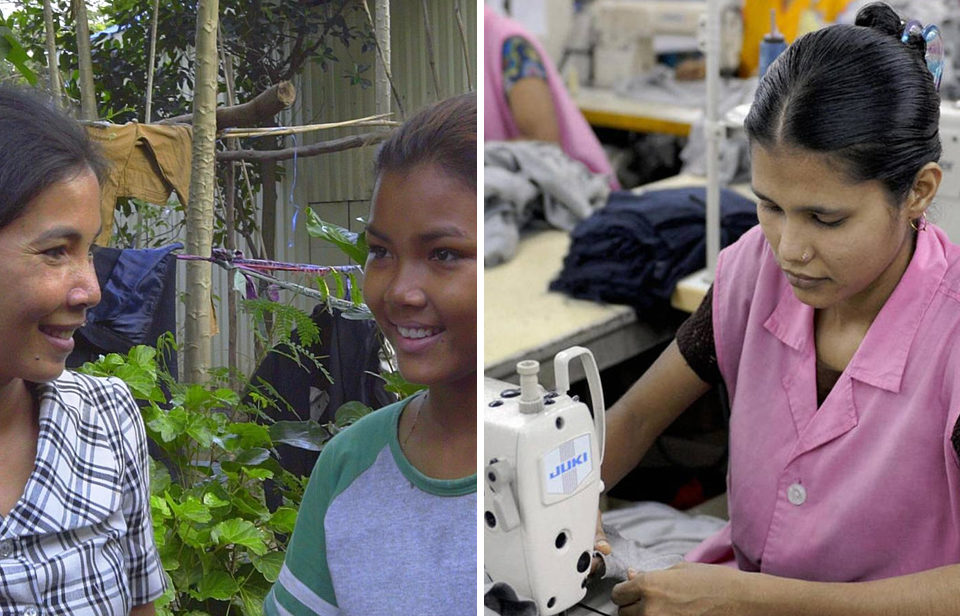


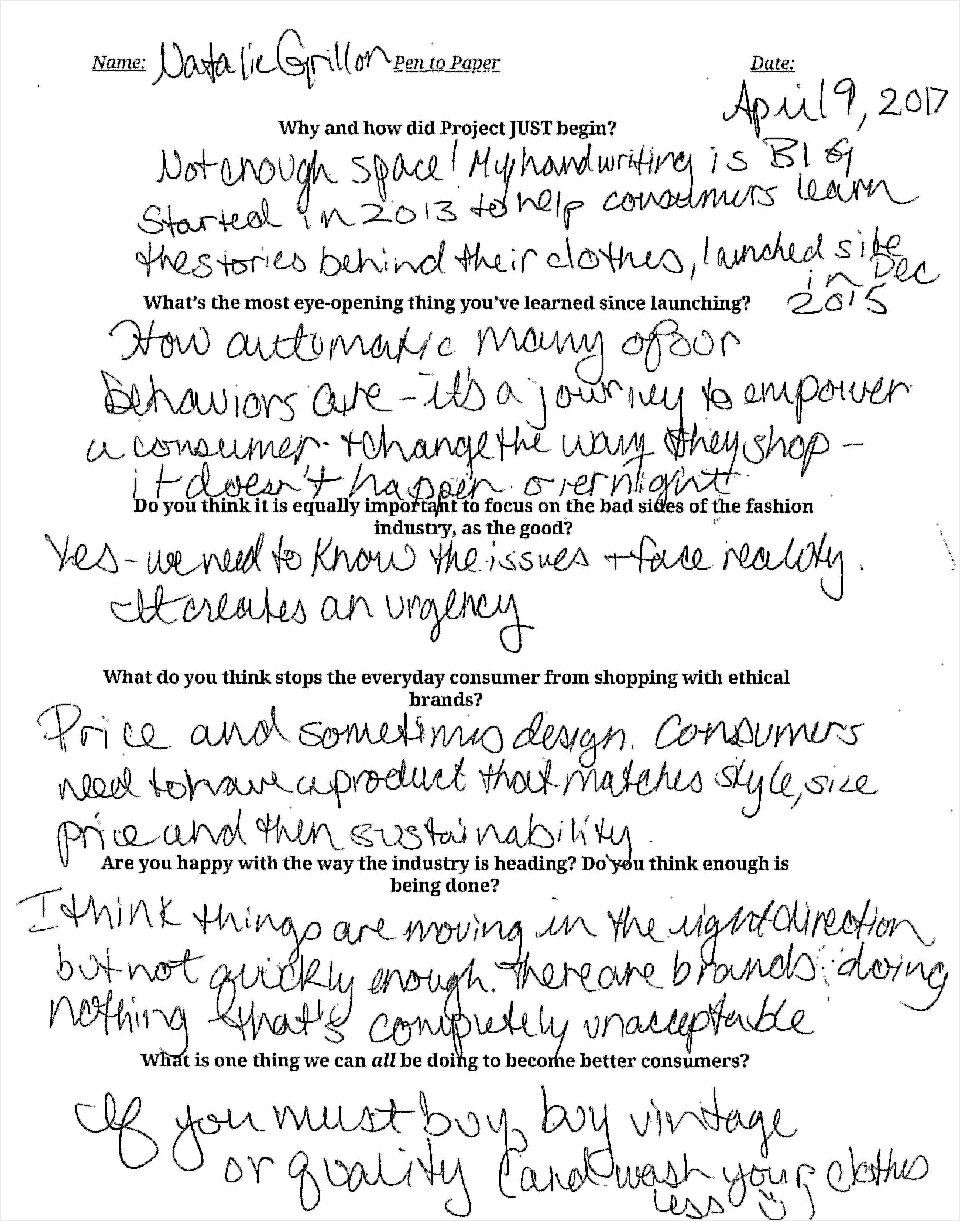
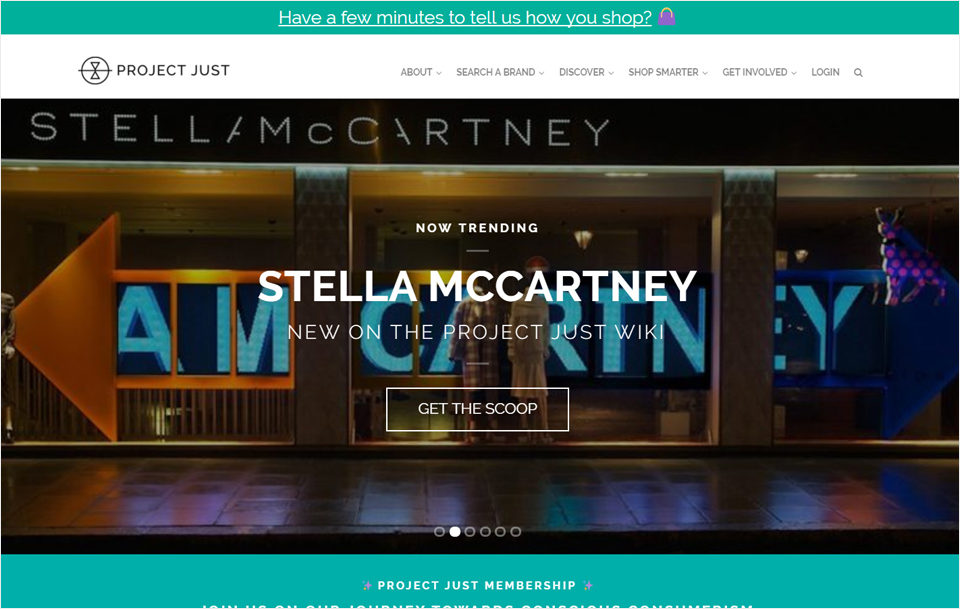
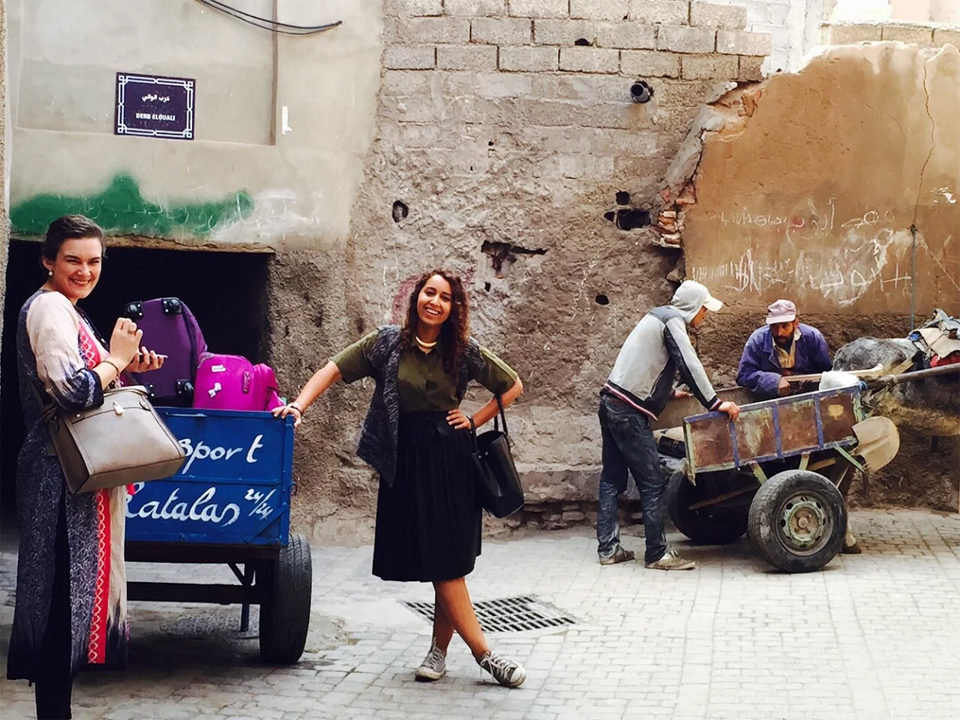
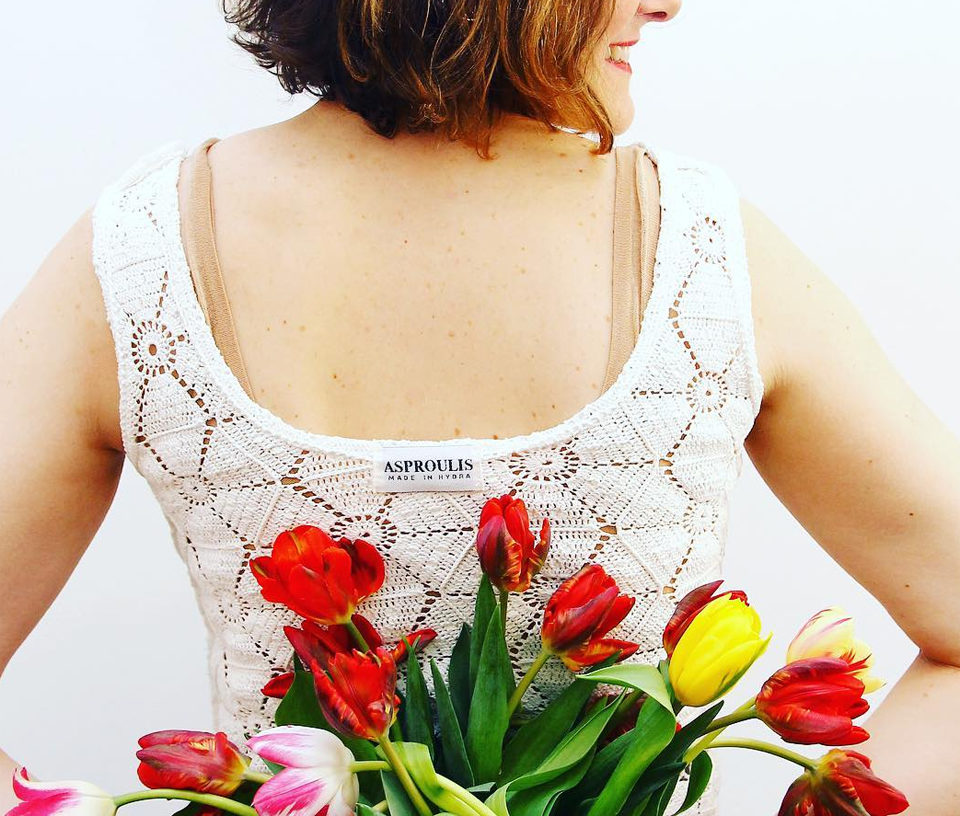
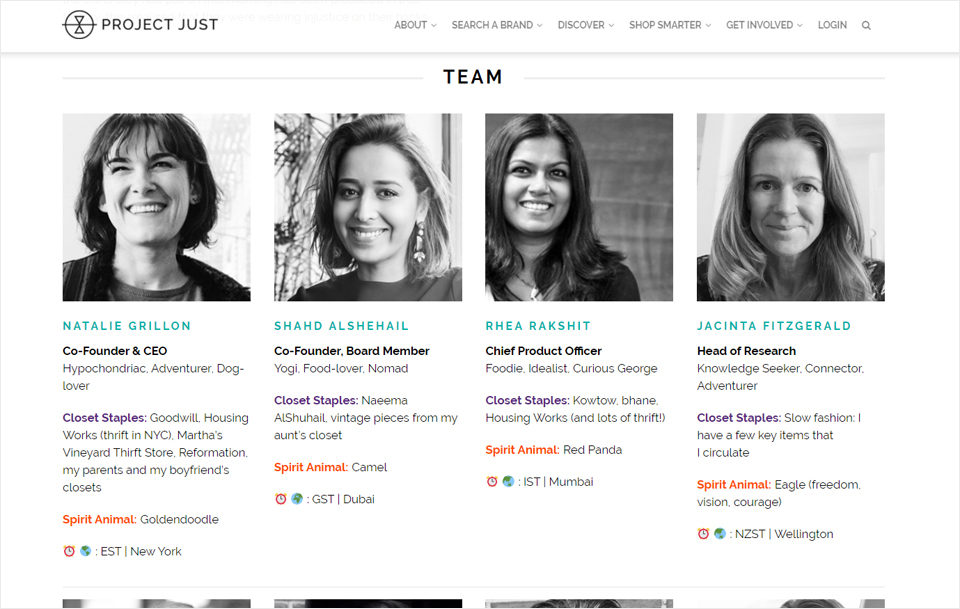
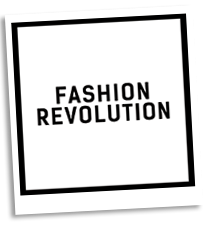
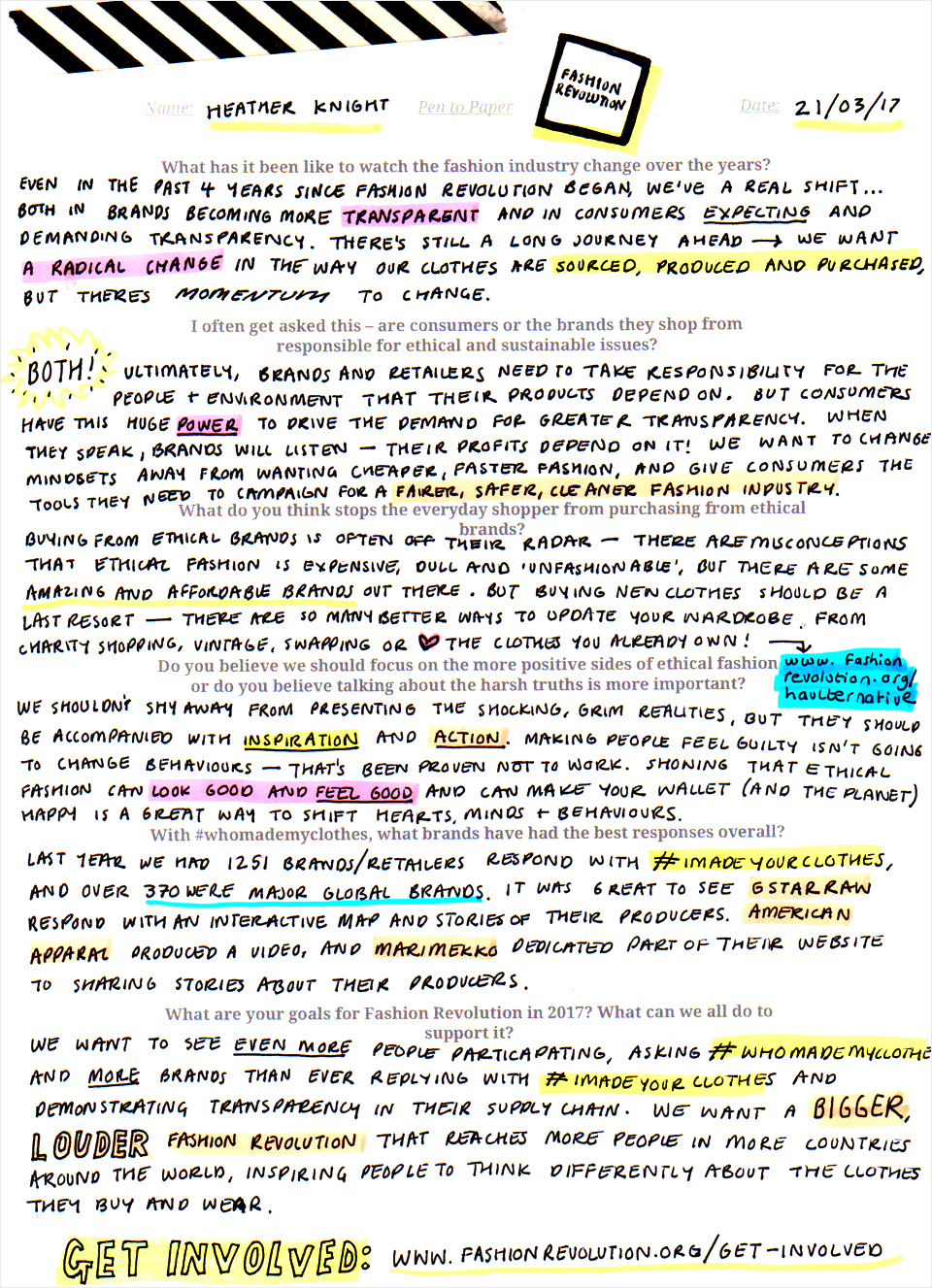
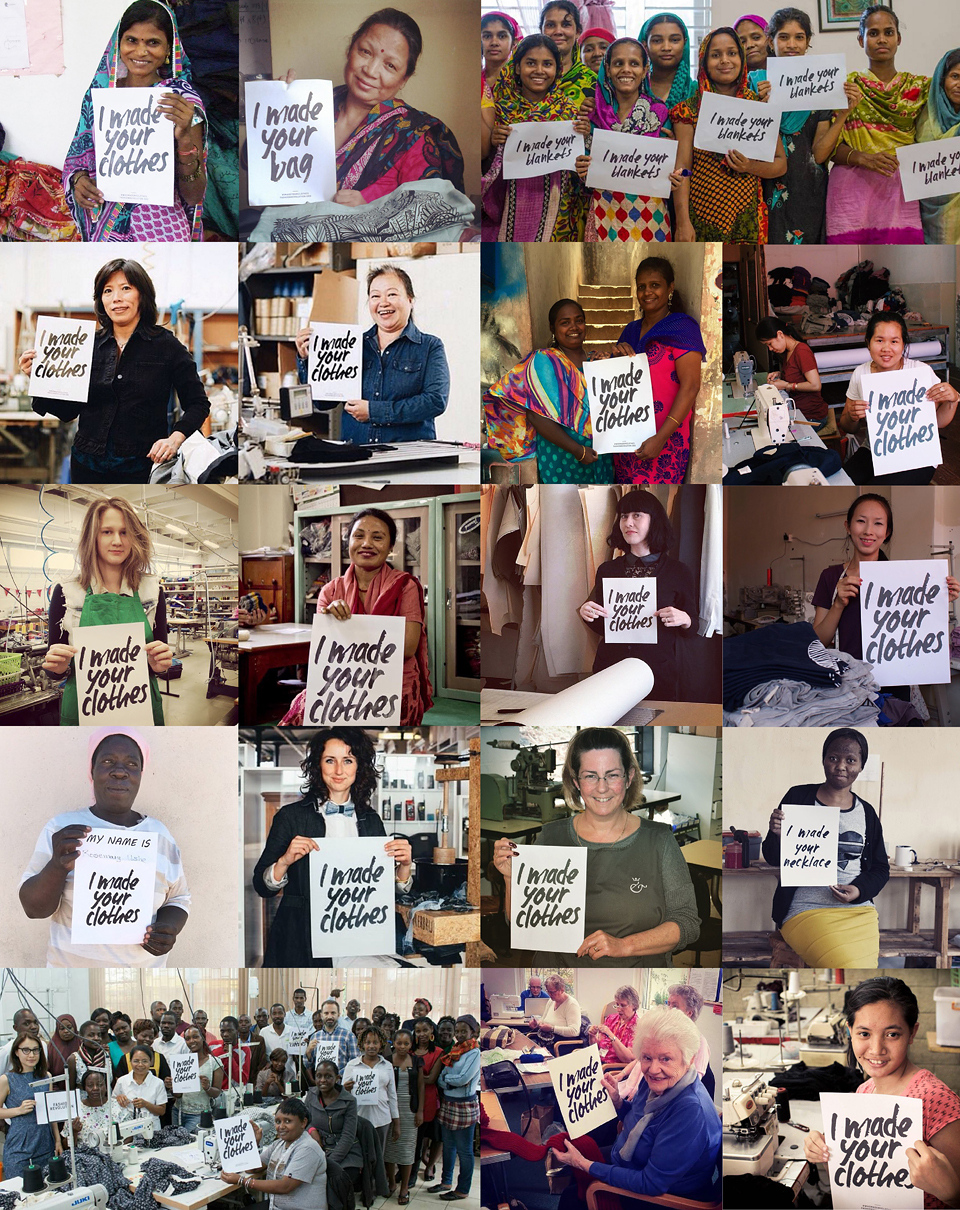
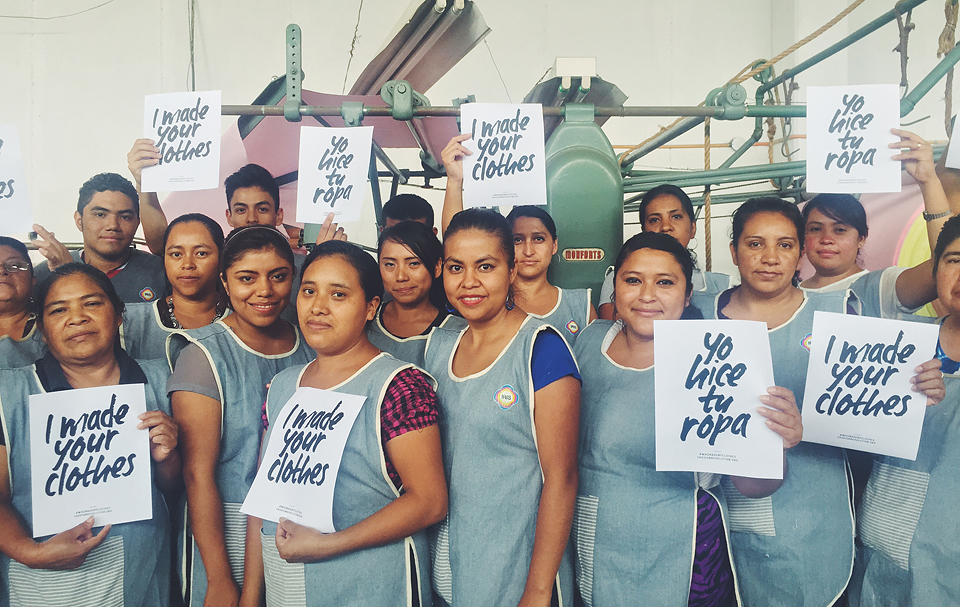
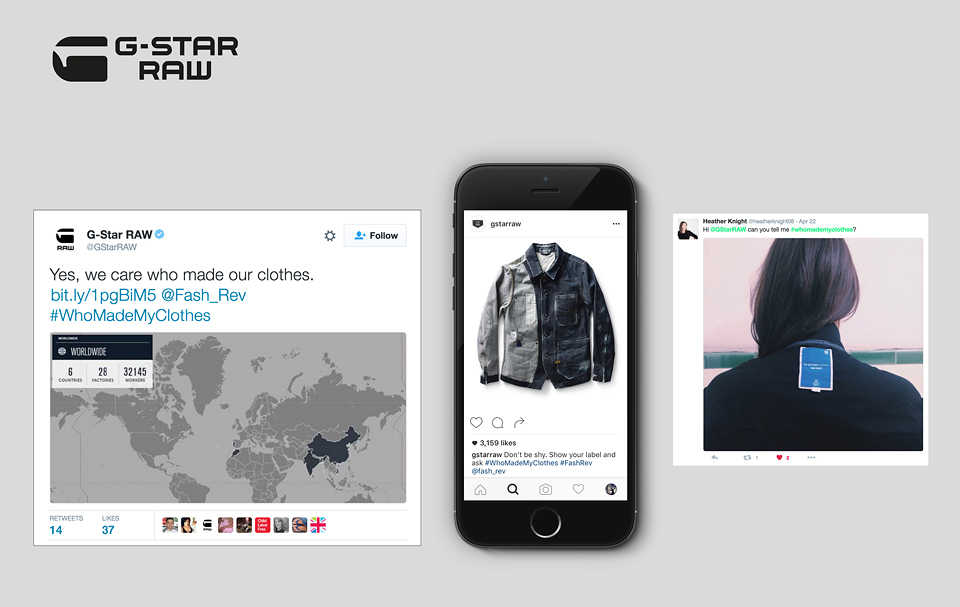
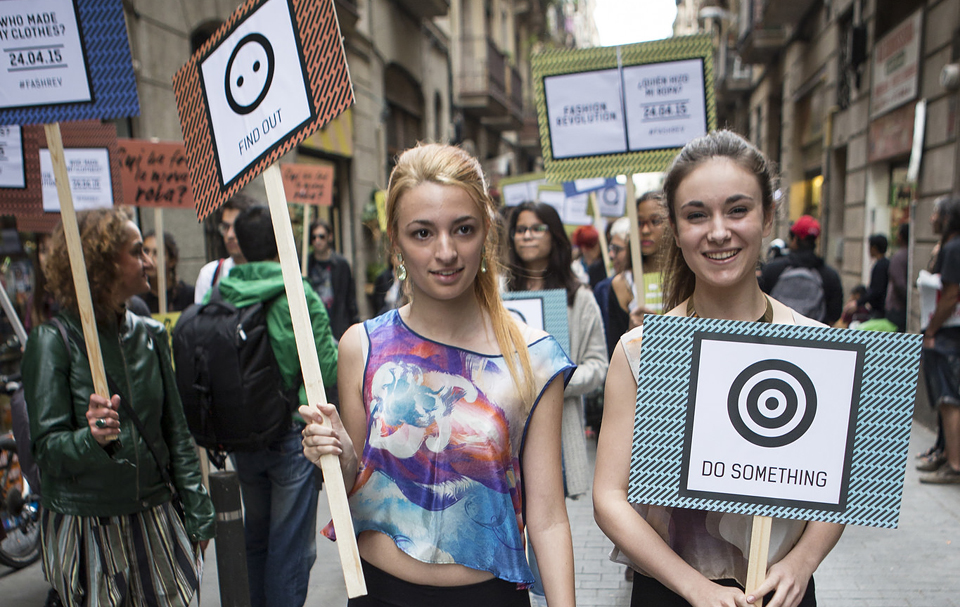

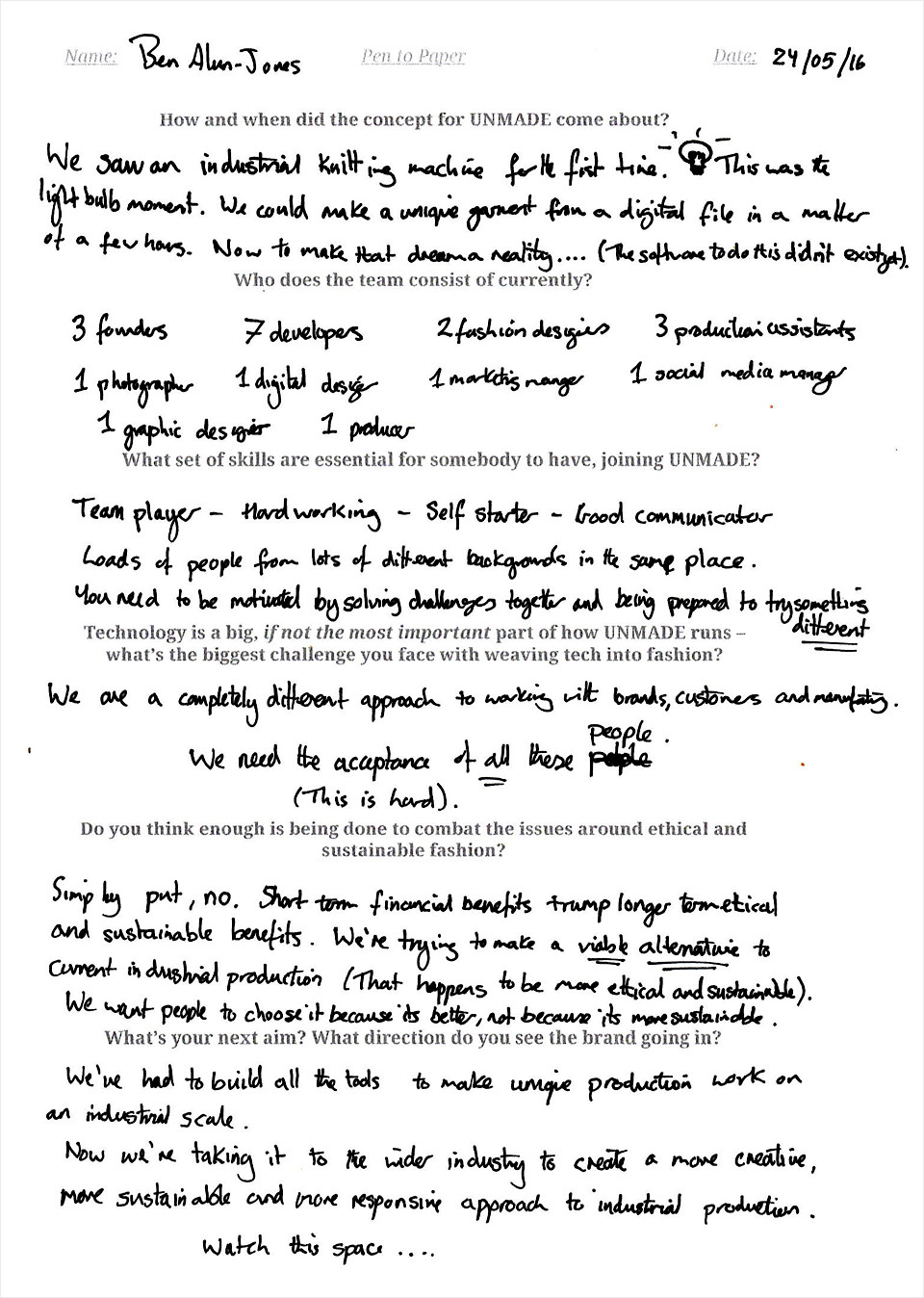
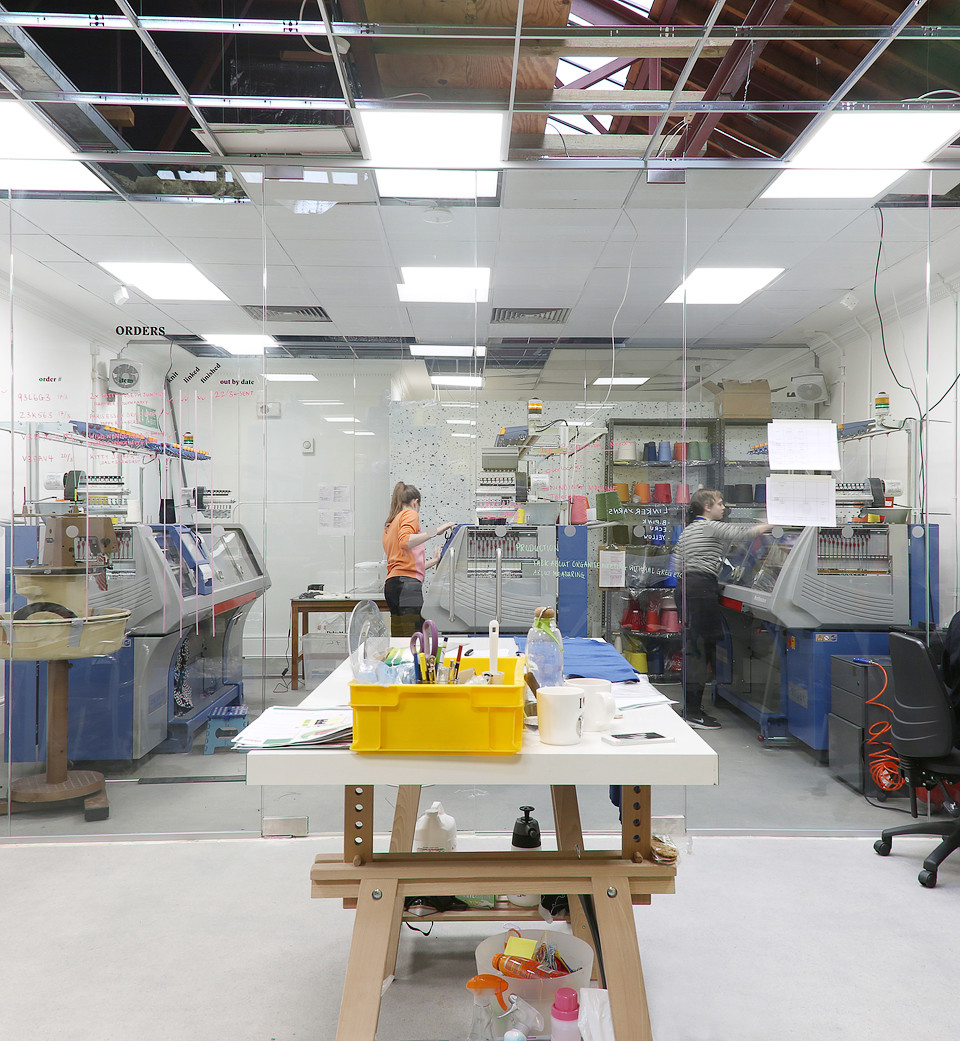
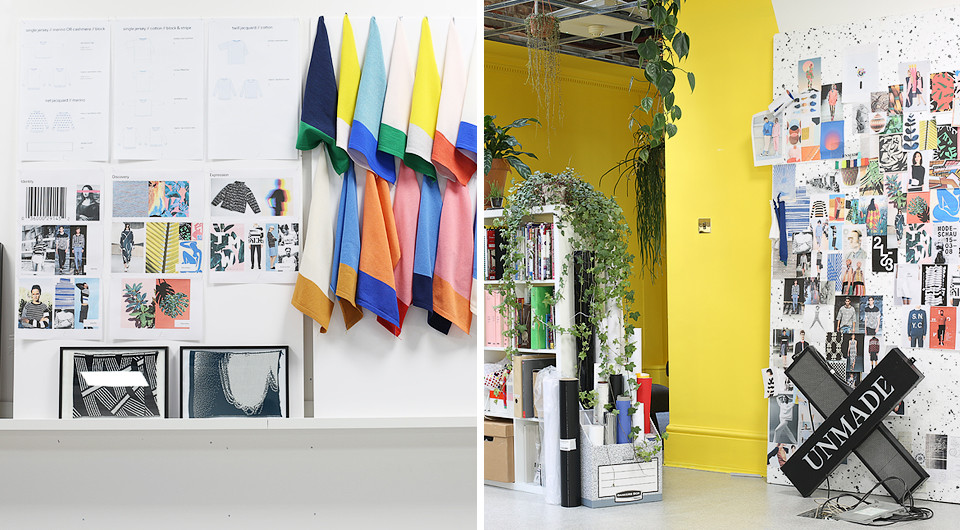
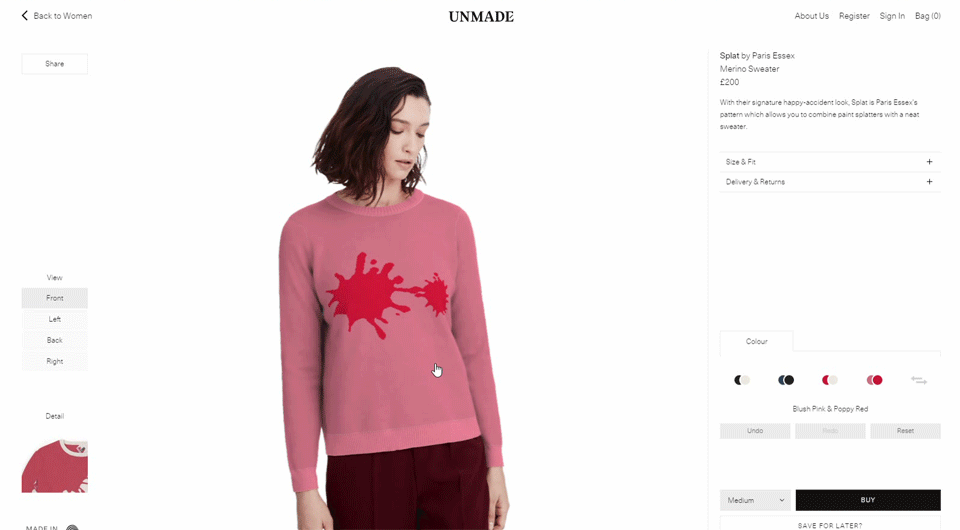
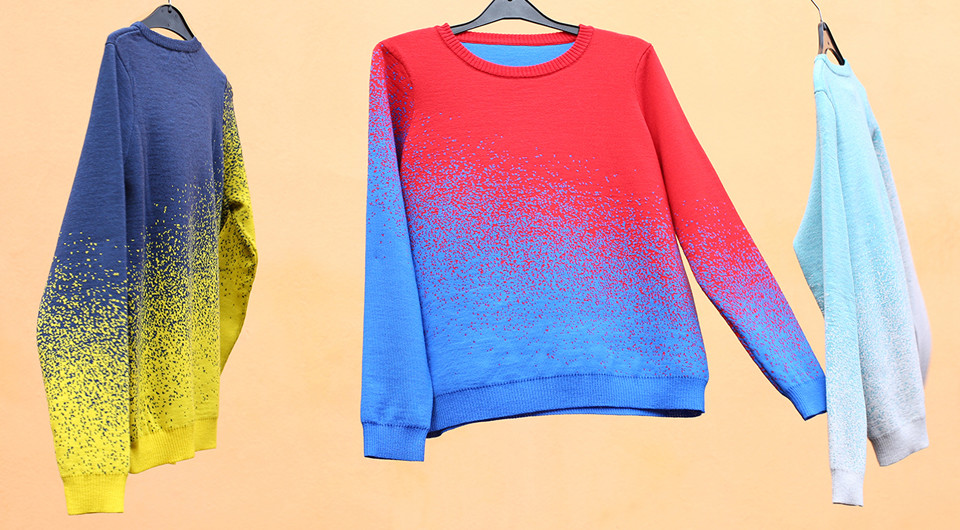
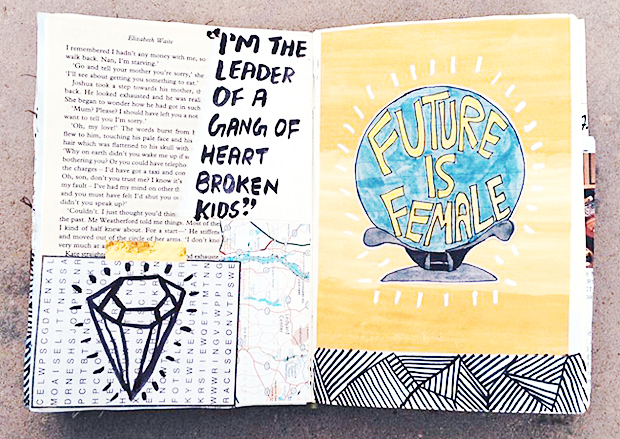
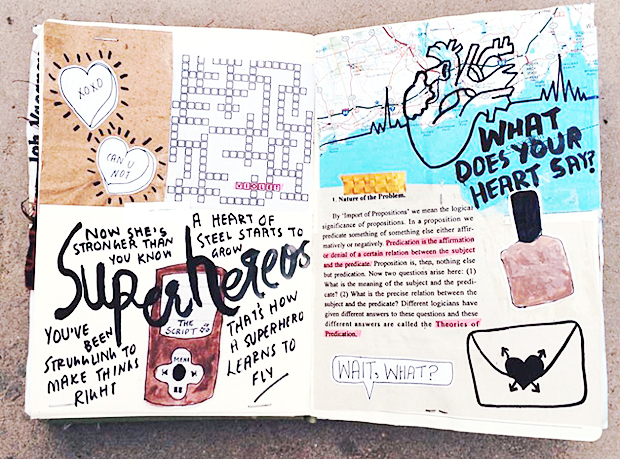
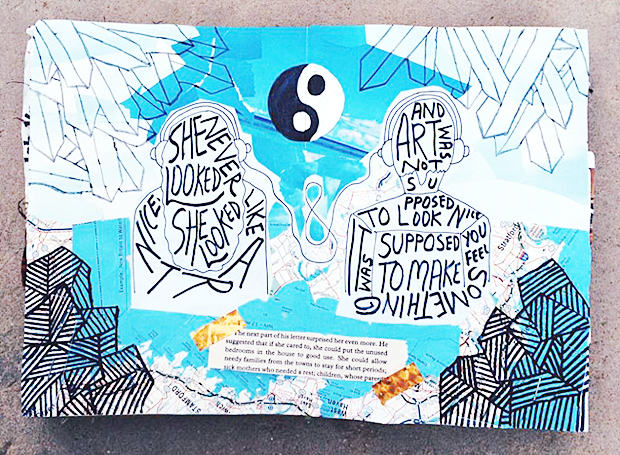
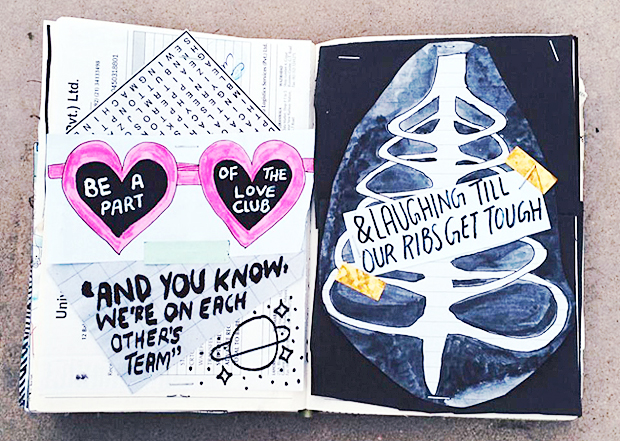
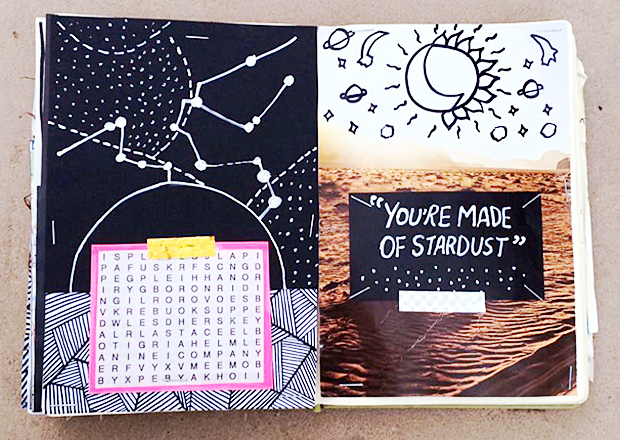
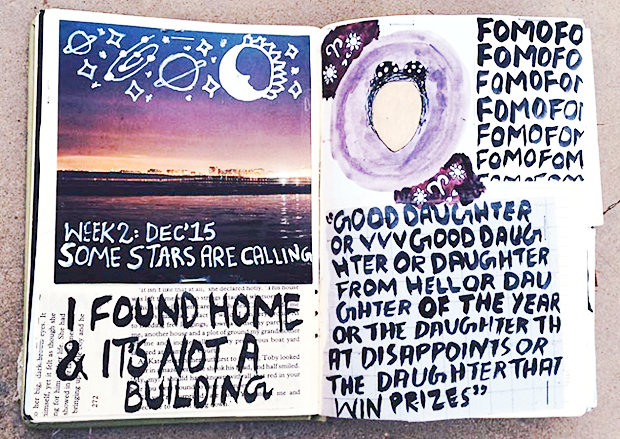
 Areeba is a creative lifestyle blogger who celebrates being different over her blog
Areeba is a creative lifestyle blogger who celebrates being different over her blog 
